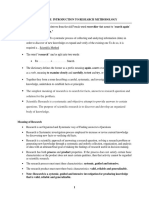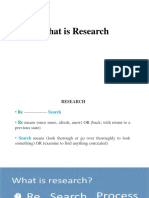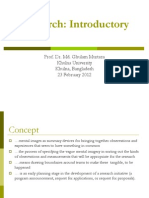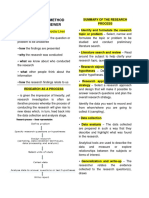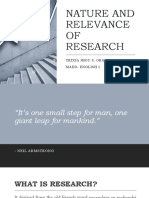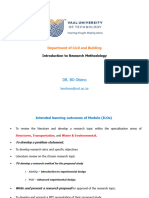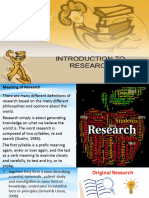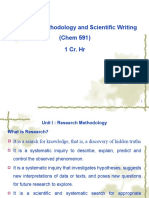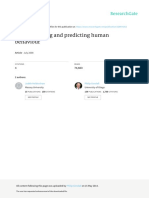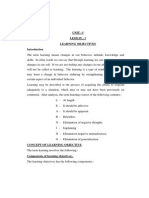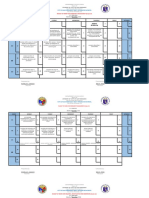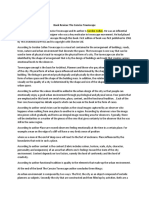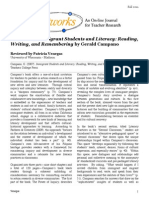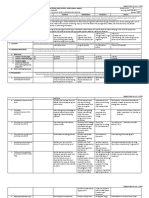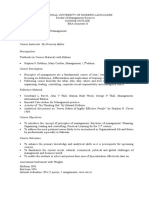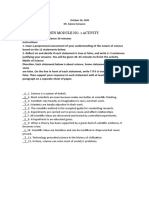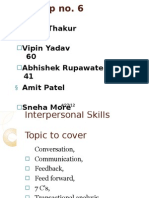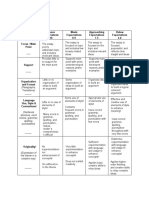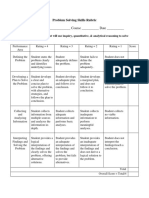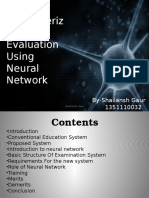0% found this document useful (0 votes)
41 views65 pagesWeek 2! Introduction, Nature, Scope and Process of Research
The document provides an overview of research methods, emphasizing the systematic process of collecting, analyzing, and interpreting data. It outlines the characteristics of scientific research, types of research, and the importance of research paradigms, including positivism and interpretivism. Additionally, it discusses the research process, guidelines for proposal writing, and the philosophical underpinnings of research, such as epistemology, ontology, and axiology.
Uploaded by
75z5rp8w6tCopyright
© © All Rights Reserved
We take content rights seriously. If you suspect this is your content, claim it here.
Available Formats
Download as PDF, TXT or read online on Scribd
0% found this document useful (0 votes)
41 views65 pagesWeek 2! Introduction, Nature, Scope and Process of Research
The document provides an overview of research methods, emphasizing the systematic process of collecting, analyzing, and interpreting data. It outlines the characteristics of scientific research, types of research, and the importance of research paradigms, including positivism and interpretivism. Additionally, it discusses the research process, guidelines for proposal writing, and the philosophical underpinnings of research, such as epistemology, ontology, and axiology.
Uploaded by
75z5rp8w6tCopyright
© © All Rights Reserved
We take content rights seriously. If you suspect this is your content, claim it here.
Available Formats
Download as PDF, TXT or read online on Scribd
/ 65




